At the 2015 Oslo Summit on Education and Development, Pakistan was described as “among the world’s worst performing countries in education.” In Pakistan, nearly 22.5 million children are out of school, with girls bearing the brunt of the burden. In Pakistan, 32% of primary school-age girls are not attending school, compared to 21% of boys. By sixth grade, 59 percent of girls are absent, compared to 49 percent of boys. By ninth grade, only 13% of girls are still in school. Both boys and girls are missing out on education in alarming numbers, with girls suffering the most.
So why don’t girls have access to education in Pakistan?

Inadequate Investment
The government does not invest adequately in education. Pakistan spends far less on education than UNESCO recommends in its education guidance. As a result, there aren’t enough government shools for all children to attend. Government schools are so scarce that even in Pakistan’s major cities, many children cannot walk safely and in a reasonable amount of time to school. The situation is far worse in rural areas, where schools are even more scarce, and private schools are unlikely to fill the void. Families who can afford to send their children to a government school frequently find it overcrowded.
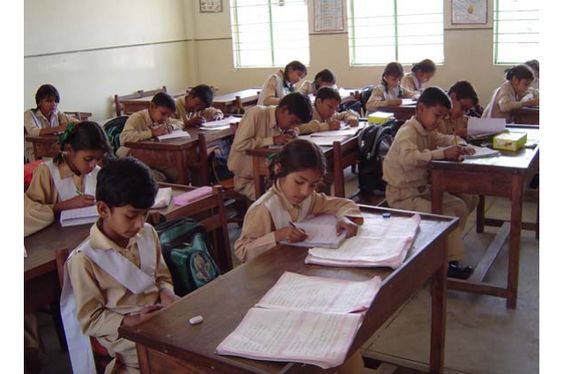
Education is Expensive
Poor families find it difficult to cover the costs of sending their children to school. Government schools are generally less expensive than private schools, but they may charge tuition, registration, or exam fees, and they almost always require students’ families to pay for associated costs. Stationery, copies, uniforms, school bags, and shoes are examples. Textbooks are sometimes provided for free at government schools, but families are sometimes required to pay for them as well.
Many poor families who are unable to attend a government school are left with options outside of the public school system. Parents and children must navigate a complex maze of private schools, informal tuition centres, nongovernmental organisation (NGO) schools, and madrasas. Many girls participate in several—or all—of these types of study without obtaining any educational credentials.
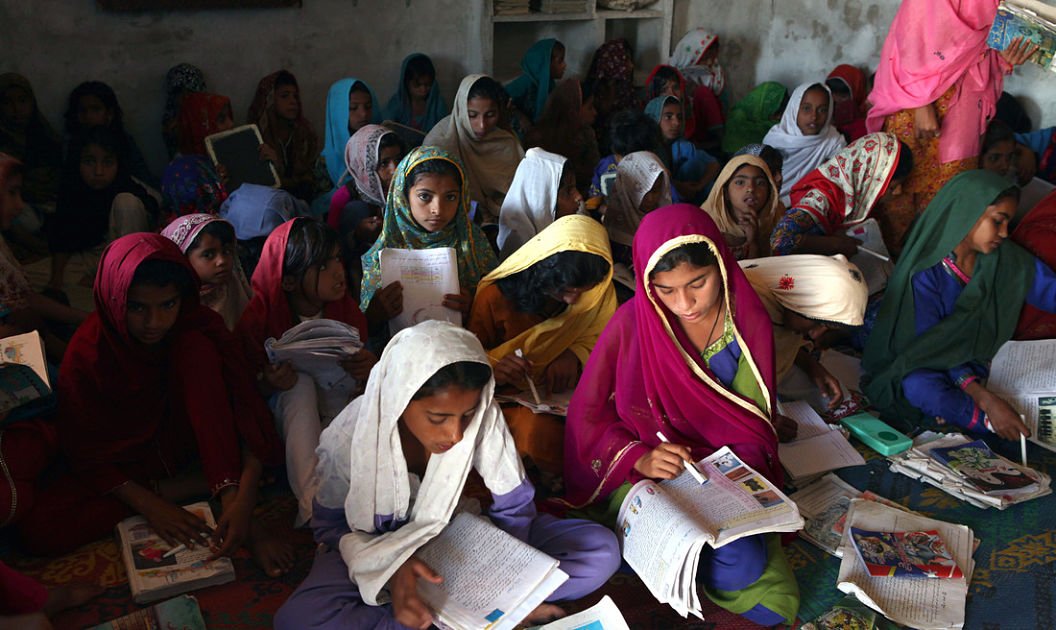
Education of poor quality
Many families expressed dissatisfaction with the educational options available to them. Some claimed that it was so bad that sending children to school was pointless. Parents and students in government schools complained about teachers not showing up, overcrowding, and inadequate facilities. Concerns have been raised about teachers in private schools, particularly low-cost private schools, being undereducated and unqualified, and instruction being patchy and unregulated. Teachers in both public and private schools press parents to pay for after-school tutoring, which is an additional expense. The use of corporal punishment and abusive behaviour by teachers was widely reported in both public and private schools.
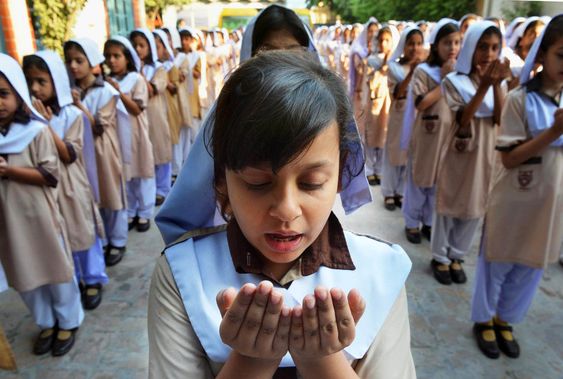
There Is No Enforcement Of Compulsory Education.
One reason so many children in Pakistan do not attend school is that there is no government-enforced expectation that they do so. According to the Pakistani constitution, “the State shall provide free and compulsory education to all children between the ages of five and sixteen in such manner as may be determined by law.” However, there is no organised government effort in any province to ensure that all children attend school. When children are not sent to school, no government official contacts the family to encourage or compel the child to attend school. Individual teachers may encourage a child who has dropped out of school to continue studying, but there is no systematic government effort to enrol or retain children in school. This is a violation of international standards signed by Pakistan, which require education to be free and compulsory at least through primary school.
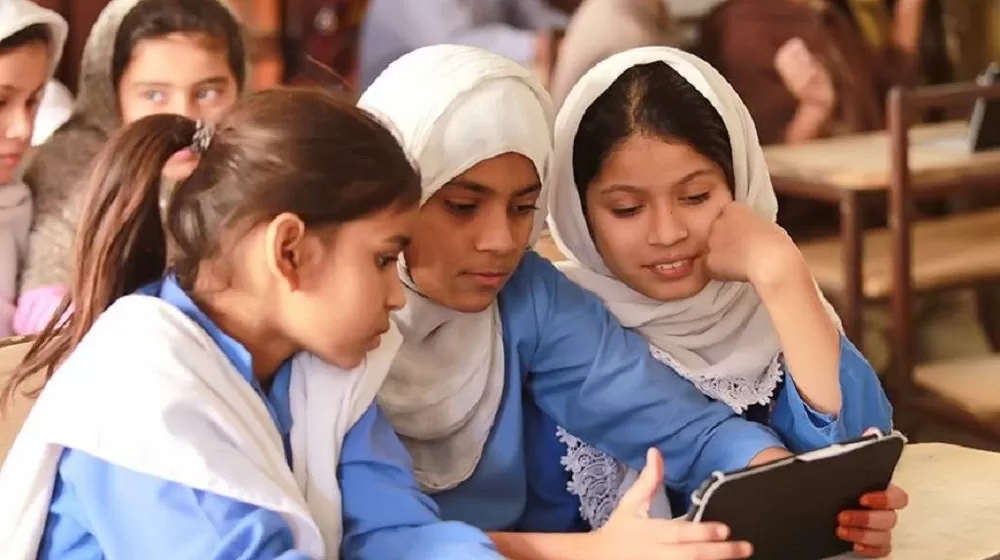
Social Customs
Some families believe that girls should not be educated or that girls should not study past a certain age. Different communities have very different attitudes toward girls’ education. Families who violate cultural norms prohibiting girls from attending school may face pressure and hostility in some areas. When families violate educational norms for girls, the girls may suffer negative consequences.
Girls are frequently removed from school as they approach puberty, sometimes because their families are concerned that they will engage in romantic relationships.
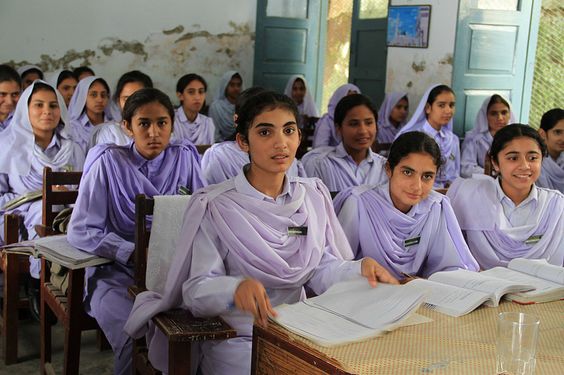
Gender norms that are harmful create economic incentives to prioritise boys’ education. Daughters are expected to live with and contribute to their husband’s family, whereas sons are expected to remain with their parents—sending sons to school is therefore viewed as a better investment in the family’s economic future.
Child marriage is both a result and a cause of girls dropping out of school. In Pakistan, 21% of girls marry before the age of 18, and 3% marry before the age of 15. Girls are sometimes considered ready for marriage as soon as they reach puberty, and child marriage is expected in some communities.
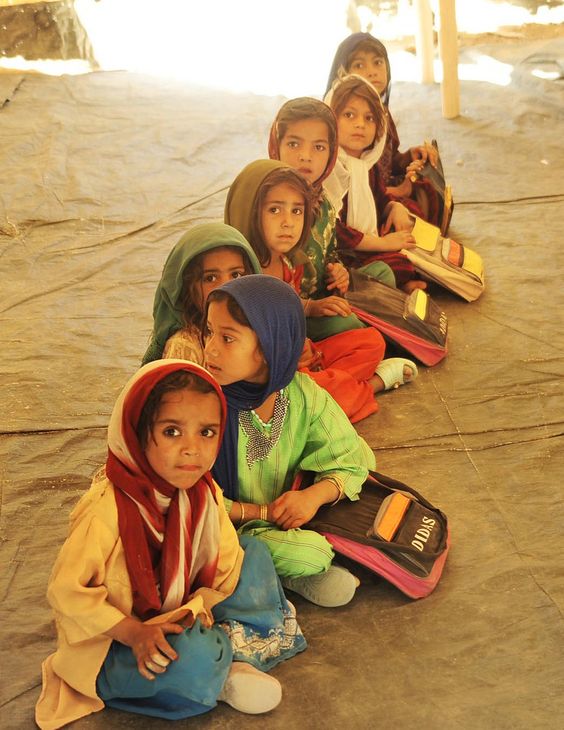
Insecurity
Security was cited as a barrier to girls studying by many families and girls. They described a wide range of insecurity, such as sexual harassment, kidnapping, crime, conflict, and attacks on education. Some families reported that community insecurity has worsened in recent years, resulting in younger children having less access to education than older siblings.
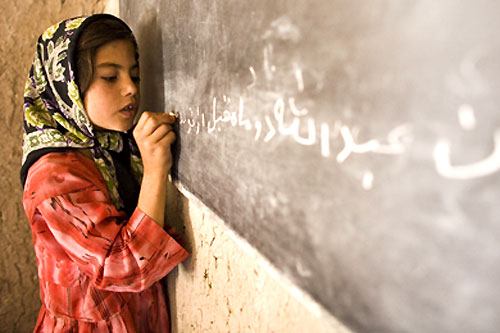
International Rescue Committee has launched an initiative -Teach and Educate Adolescent Girls with Community Help (TEACH) designed to overcome prominent barriers to education for girls in Balochistan. TEACH aims to raise nationwide awareness about binding constraints that continue to contribute to the deprivation of the constitutional right to education for more than 13 million girls across Pakistan.









What do you think?
You must be logged in to post a comment.